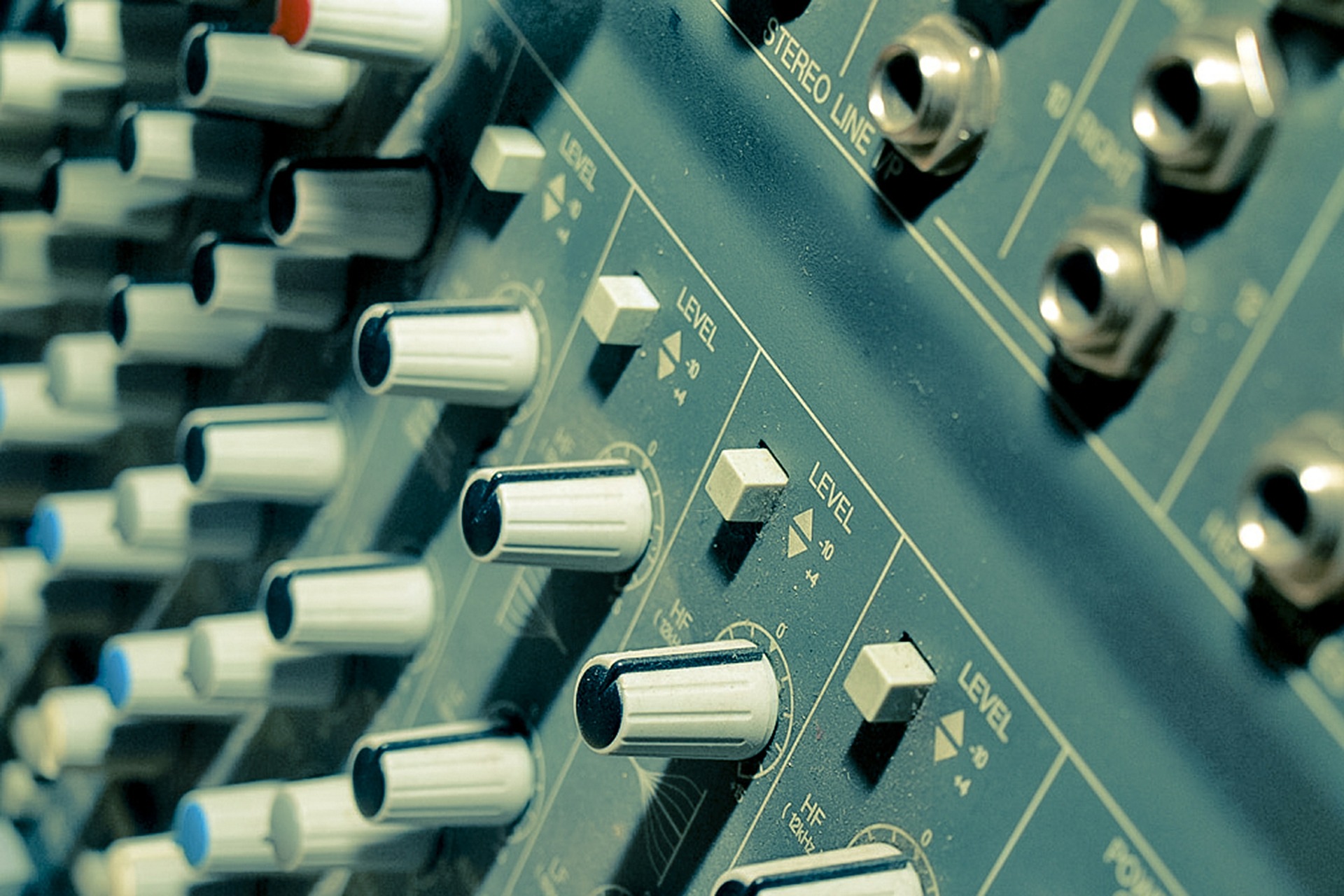If you spend some times on this fascinating piece of musical instrument, or getting curious about it, chances are you might have looked for this on YouTube and eventually came across such short meme video where how a synthesizer maniac shows around his studio filled with synthesizers. If not, let’s cut it and get to know about synthesizers.
The roots of the first synthesizers
Synthesizers have been around for a several decades from now. This music instrument has its roots in the 1970s and thereon it has been evolving to a crazy extent and becoming much more affordable and portable now comparing to those early giants.
The very first ever synth commercially available was the early Minimoog by R.A.Moog inc. released in 1970. Moog is probably the most iconic dream synthesizer everybody wanted and still wants up until now. Over the time as usually a lot of other competitors has come along such as Arp, Ems, Roland and others. This was basically the birth of synthesizers.
There are various kinds of synthesizers out there now, but what an analogue synthesizer is to be precise? Analogue synthesizers are built on analogue circuits such transistor, capacitors and other electronic elements. Here you will learn more details about the way they are functioning.
What is producing the sound in an analogue synthesizer?
The sound that is produced by these analogue synthesizers is heavily based on their circuits. The sound is produced by various fluctuations of the voltage coming in and out of the motherboard. Typically, an analogue synthesizer produces sounds via a voltage controlled oscillator or VCO, which oscillates the voltage and produces sound.
Such a sound then can be given any shape by various wave forms like Saw, Sine, Square, Pulse and others. This sets the tonal quality of the sound. A sound can also be produced by a noise generator which generates pure static white noise. This one can then be shaped and tweaked with other parts of the synthesizers such a Voltage Controlled Filter or VCF. VCF can greatly shape the sound of those oscillators and give a great tonal quality including micro tonal factors which can immensely improve the sound to a significant degree. This alone will just get you started and gets you all warmed up to tweak and play around with it. Typically, the VCFs come along with four knobs or some forms of ADSR, cutoff and resonance. What this knobs do is similar to the ones that are described down in the VCA.
Other crucial elements of analogue synthesizers
There is then Voltage Controlled Amplifier or VCA. VCA is responsible for the amplitude of your sound. Which is, how you want your sound to be manipulated over time. This component is typically made up of four knobs. These are the classic ADSRs which is a term standing for ‘attack’, ‘decay’, ‘sustain’ and ‘release’.
For a quick instance, an attack is basically how fast you want the sound to act upon any key trigger or any sort of trigger. With low attack, the sound can have the quality of short attack instruments like guitar, plucked sound or any tapping sound. With a long attack the sound may rise slowly to its peak like of a violin or cello.
Decay is responsible for how fast or slowly you then your sound to fall or decay following attack. Sustain is then responsible how loud you want your sound to be and how long you want it to sustain. Release is used for setting the time for how long the sound should be there after you take your fingers off a key or note.
This is how the VCF acts upon the tweak of the knobs residing in VCF. Note, not all VCF will come with ADSR but most of them do or are equipped in other elements which function in a similar way. For instance, with Minimoog you will have three knobs and with an Arp odyssey you can have a full ADSR. All comes down to your need.
Another most noticeable feature in an analogue synthesizer is the fact it has some sort of a Low Frequency Oscillator or LFO. This component is used for giving the vibration to the sound generated by VCOs. These are most typical characteristics of analogue synthesizers but these music instruments are not limited to them. What you can build out of this synthesizers are monstrous or can be soothing according to your need.

